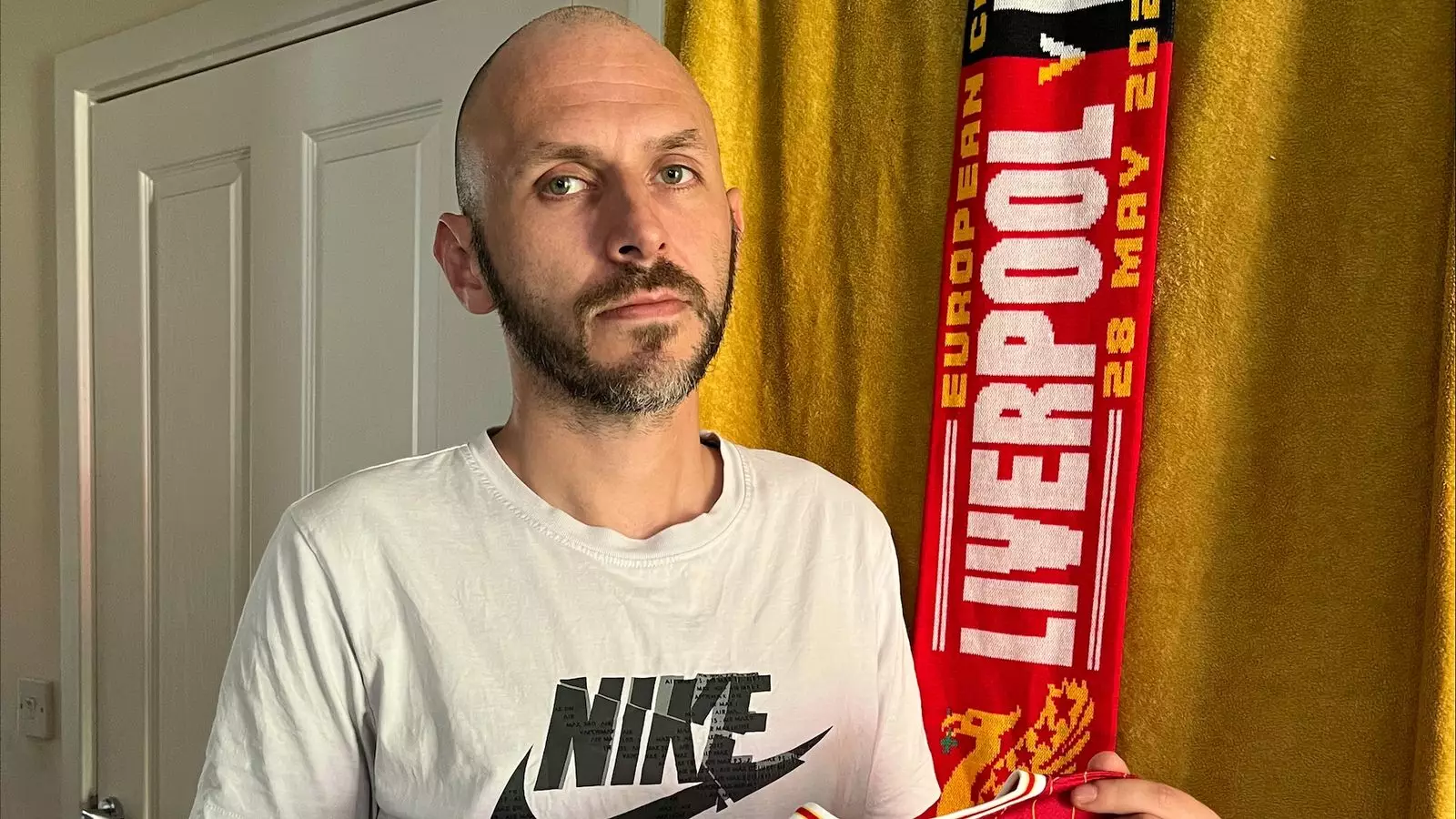The day that was meant to celebrate one of the most triumphant moments in Liverpool’s sports history turned dark in a heartbeat. The chilling account of Daniel Everson, who witnessed a horrifying incident during the Liverpool FC victory parade, amplifies the escalating concerns surrounding public safety during major events. It is utterly appalling that an occasion, typically filled with jubilation and unifying spirit, can swiftly dissolve into chaos and despair.
Daniel’s narrative—a harrowing recollection of him trying to protect his family from an oncoming vehicle—is a testament to both the fragility of life and the unpredictability of human behavior. His desperate attempts to shield his partner, Sheree Aldridge, and their five-month-old son, Teddy, from the imminent threat serve as a stark reminder of the dangers that lurk even in ostensibly safe environments. As a lifelong supporter of Liverpool FC, this should have been a day of incomparable joy, yet what unfolded was a nightmare, exposing the often-overlooked vulnerabilities present at large public gatherings.
Societal Indifference to Public Safety
In the aftermath of this harrowing experience, one cannot help but grapple with the question of accountability. How does a car manage to breach a crowd packed with fans? The very design of public events typically fosters an atmosphere of safety, yet this instance showcases an alarming lapse. Daniel’s assertion that “it just wasn’t handled properly” sums up the general outrage among citizens who demand an examination of the existing safety protocols for public gatherings. We often place our trust in the system to protect us while celebrating our shared passions, yet incidents like these push us to reevaluate that trust.
This isn’t merely about one man’s recklessness; it reflects a broader neglect for crowd safety in urban planning during special events. The need for stringent measures—such as barriers, increased police presence, and traffic control—is glaringly evident. When communities celebrate achievements that embody shared cultural significance, every member should feel secure in that collective joy.
The Trauma of Survivorship
Daniel’s experience in the immediate aftermath of the incident is starkly emotional. The panic, fear, and trauma he felt as he searched for his partner and child echo a harsher reality that many have faced in similar incidents of violence or carelessness. It is not merely about the physical injuries; emotional scars run deep and linger long after the tangible wounds have healed. Sheree’s recovery from muscle tissue damage at Aintree University Hospital marks just a part of the journey toward healing.
While Daniel was fortunate that Teddy, thrown approximately 15 feet in his pram, emerged physically unscathed, the psychological impacts of such an event are a different matter altogether. The mental toll of experiencing such trauma can last a lifetime, affecting relationships, stability, and even future celebrations. This incident may have irrevocably altered their perception of safety during communal occasions, something that should never have to be sacrificed in a civilized society.
Commissioning Real Change
As Merseyside Police investigate the circumstances surrounding the incident—the suspect held is charged with serious offenses that suggest intent—is it enough? This incident must galvanize a communal call for change. As a society, we must implore local authorities and protective agencies to prioritize public safety over mere logistics. Protests, forums, and community discussions should ensue, focused on ensuring that safety standards at large events are fortified—because citizens deserve to celebrate without the shadow of potential violence or danger hanging over them.
What Daniel and Sheree have faced transcends personal tragedy; it is a resounding clarion call for everyone, from fans to policymakers, to realize that the price of neglecting public safety can ultimately be measured in lives disrupted and dreams shattered. No one should have to witness their happiest day turn into horror. It is time for action—not simply platitudes—because their story is far too common in a world where the extraordinary should only bring people closer, not tear them apart.

Leave a Reply